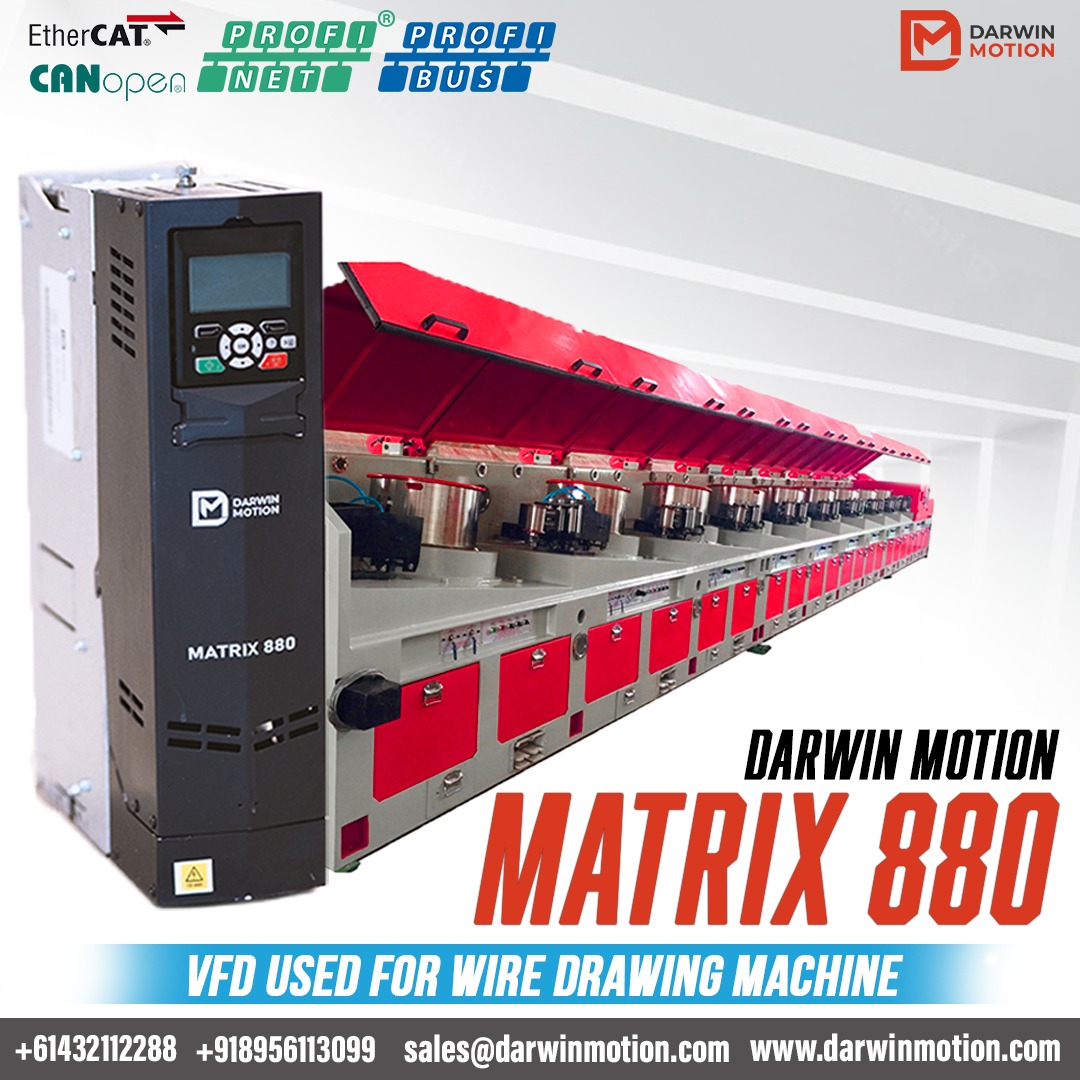Posted on 6th Dec 2023

Connecting a speed potentiometer to a Variable Frequency Drive (VFD) allows for manual speed control of the connected motor. Darwin Motion VFD & Servo Drive Manufacturer share a general guide on how to connect a speed potentiometer to a VFD:
Materials Needed:
Crimping Tool or Soldering Iron (depending on the type of connectors used)
Steps:
Locate the terminals on the VFD that are designated for connecting an external speed control device. These terminals are often labeled as "Speed Pot," "Speed Reference," or something similar.
Check the speed potentiometer for its terminals. Usually, it has three terminals: one for the center tap (wiper) and two for the outer ends.
Determine whether the VFD requires a voltage or a current input for speed control. This information can be found in the VFD manual. Some VFDs accept a 0-10VDC signal, while others may require a 4-20mA signal.
Connect the center tap (wiper) of the speed potentiometer to the VFD's speed control input. If the VFD requires a voltage signal, connect it to the appropriate voltage input terminal. If it requires a current signal, connect it to the appropriate current input terminal.
Connect one of the outer ends of the potentiometer to the positive (+) terminal on the VFD and the other outer end to the negative (-) terminal. Ensure that the polarity is correct.
Use shielded cable to connect the potentiometer to the VFD. This helps reduce the impact of electromagnetic interference and ensures a cleaner signal.
Secure the connections by tightening the terminal screws on both the potentiometer and the VFD. Ensure that all connections are snug and free from any loose wires.
Double-check the polarity and wiring to ensure that the connections are correct. Incorrect connections can result in erratic behavior or damage to the VFD.
Power up the VFD and test the speed control using the potentiometer. Ensure that the motor responds appropriately to changes in the potentiometer setting.
If needed, refer to the VFD manual to fine-tune any parameter settings related to external speed control. Some VFDs allow for adjustments to optimize the response to the speed potentiometer.
Always refer to the specific VFD such asd Darwin Motion Micro Drive- Matrix 900, DR Matrix 350 / Solar Drive, High Frequency Drive - DR Matrix 500, High Performance Drive - DR Matrix 680, Regenerative Drive - DR Matrix 880 and potentiometer manuals for detailed instructions and specifications. If you are unsure or uncomfortable with the wiring, consider consulting with a qualified electrician or technician to ensure a safe and proper connection.